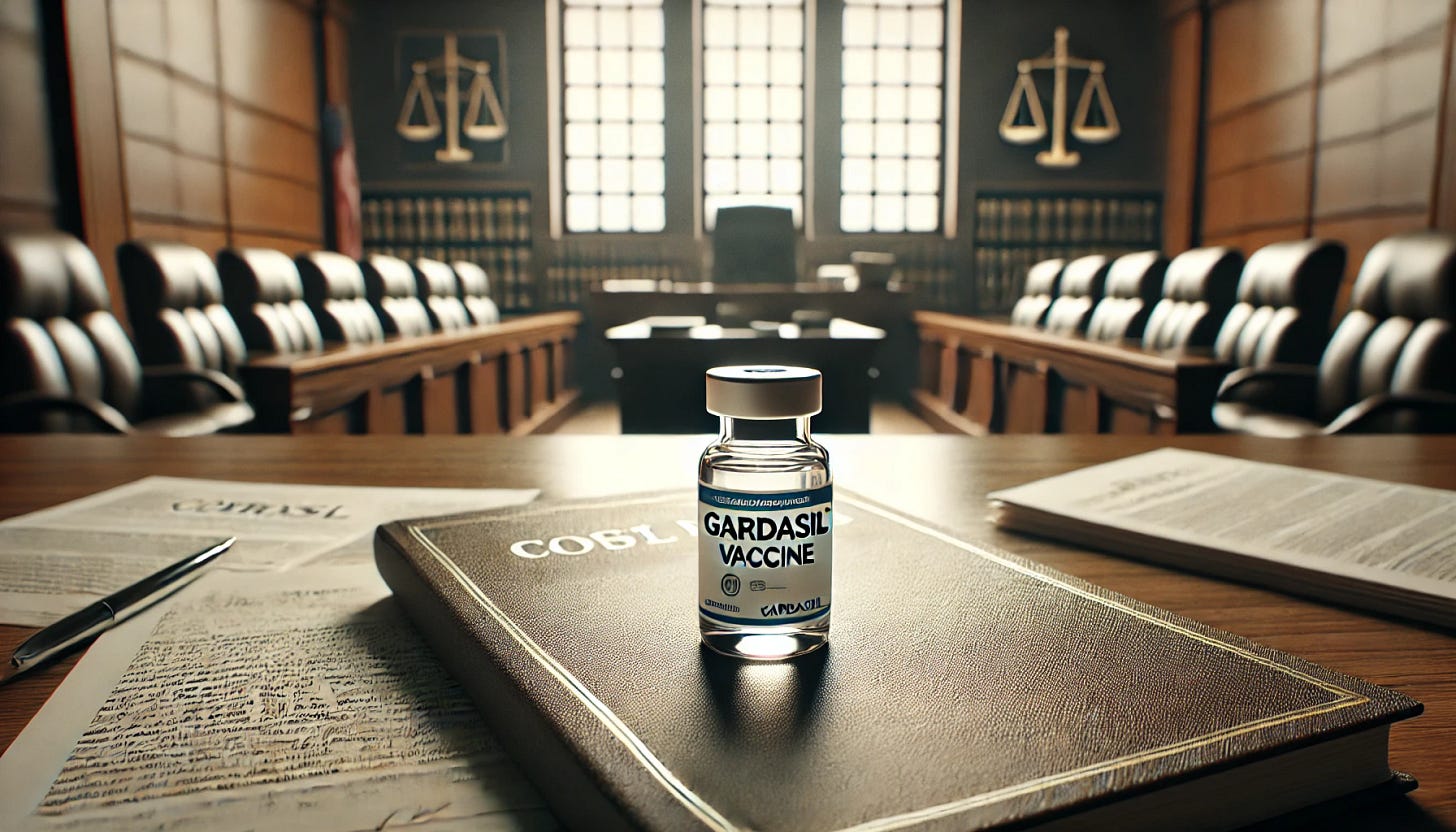Court Documents Reveal “Undisclosed” Adjuvant in Gardasil vaccine
Merck’s Gardasil vaccine contains an unapproved immune booster—kept secret from the public. A lawsuit is exposing the cover-up.
An ongoing lawsuit against Merck, accusing the company of misrepresenting the safety of its Gardasil vaccine, has uncovered damning evidence of corporate deception.
Court documents reveal that Merck was fully aware of an additional adjuvant in Gardasil that was not disclosed to recipients and did not have regulatory approval.
This revelation raises profound legal and ethical concerns regarding the informed consent of the millions who received Gardasil without full knowledge of its composition.


